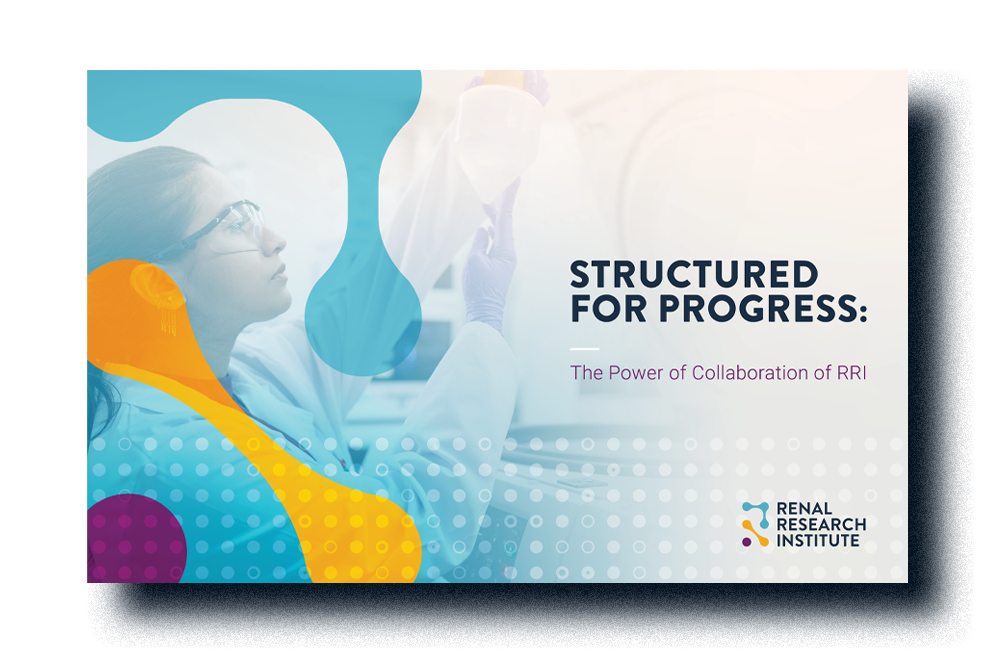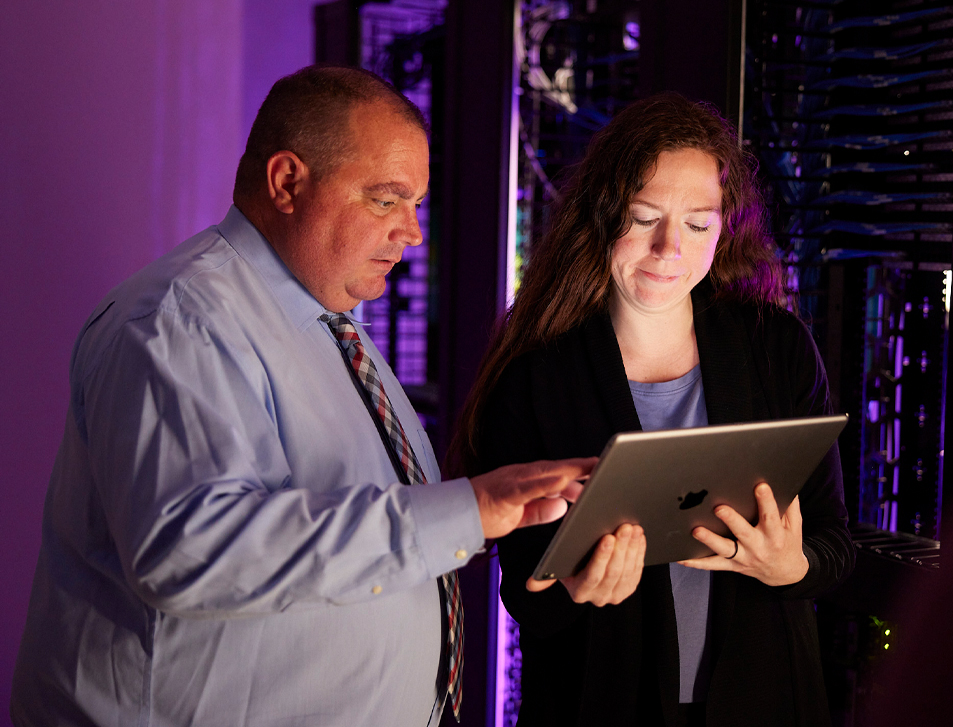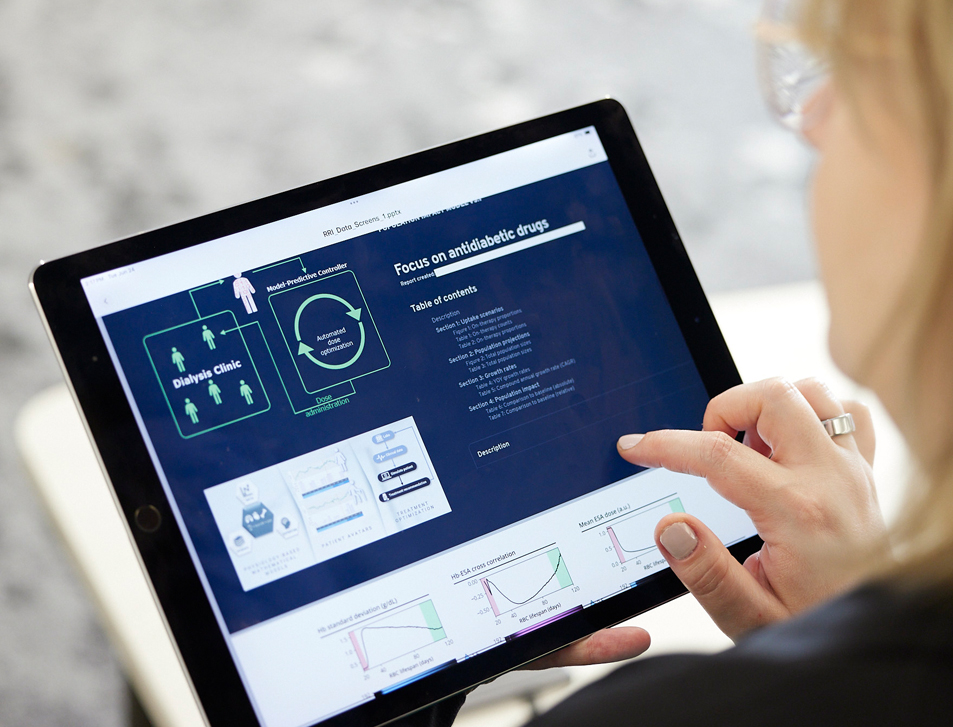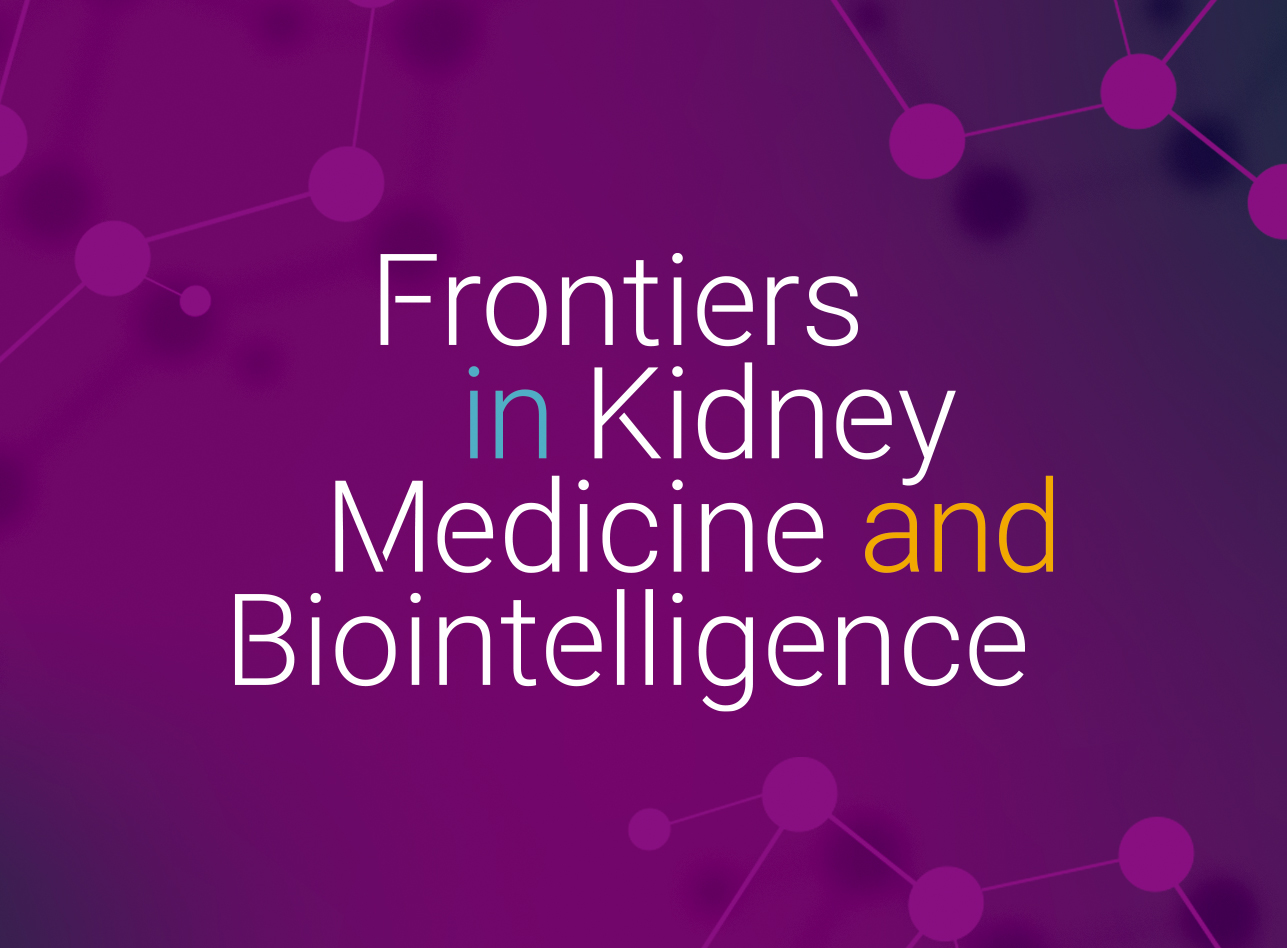NPJ digital medicine
3 Jan 2026 Health-economic evaluation of a novel personalized digital avatar-based anemia management software in hemodialysis patientsThis study aimed to evaluate the cost-effectiveness and financial impact of an anemia management tool (AMT)-a software system that uses real-time blood volume and hemoglobin monitoring data-for adult patients receiving in-center hemodialysis (HD) in the United States. A Markov cohort model was developed to estimate lifetime costs and health outcomes for 1000 in-center HD patients with and without use of AMT. Clinical input parameters, including hemoglobin stability and dose reduction of erythropoiesis-stimulating agents (ESAs), were derived from a randomized controlled trial. The net monetary benefit (NMB) was calculated from the Medicare perspective, while a net financial impact analysis (NFIA) estimated provider-level savings based on ESA dose reductions, Quality Incentive Program (QIP)-related payment adjustments, and implementation costs. From the Medicare perspective, AMT yielded a positive NMB of $8419 per patient over a lifetime and remained cost-effective at a threshold of $2443 per patient per year. The NFIA showed an annual per-patient profit of $218. For a dialysis facility with 70 patients, this corresponds to an annual profit of $15,251. In conclusion, AMT is cost-effective from the Medicare perspective and financially beneficial for providers. Broader adoption may be supported by value-based reimbursement mechanisms and risk-sharing agreements to address residual uncertainties.





